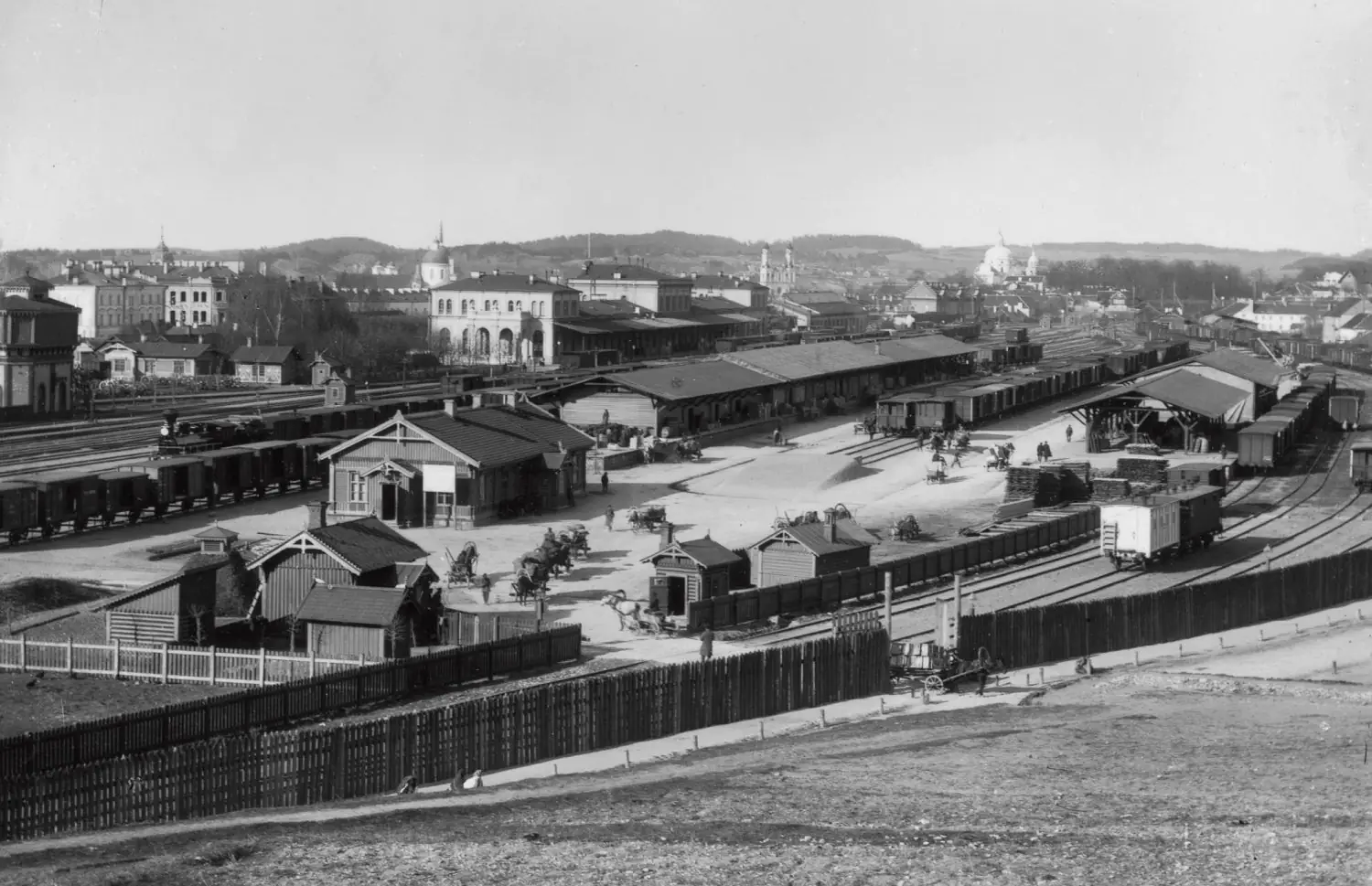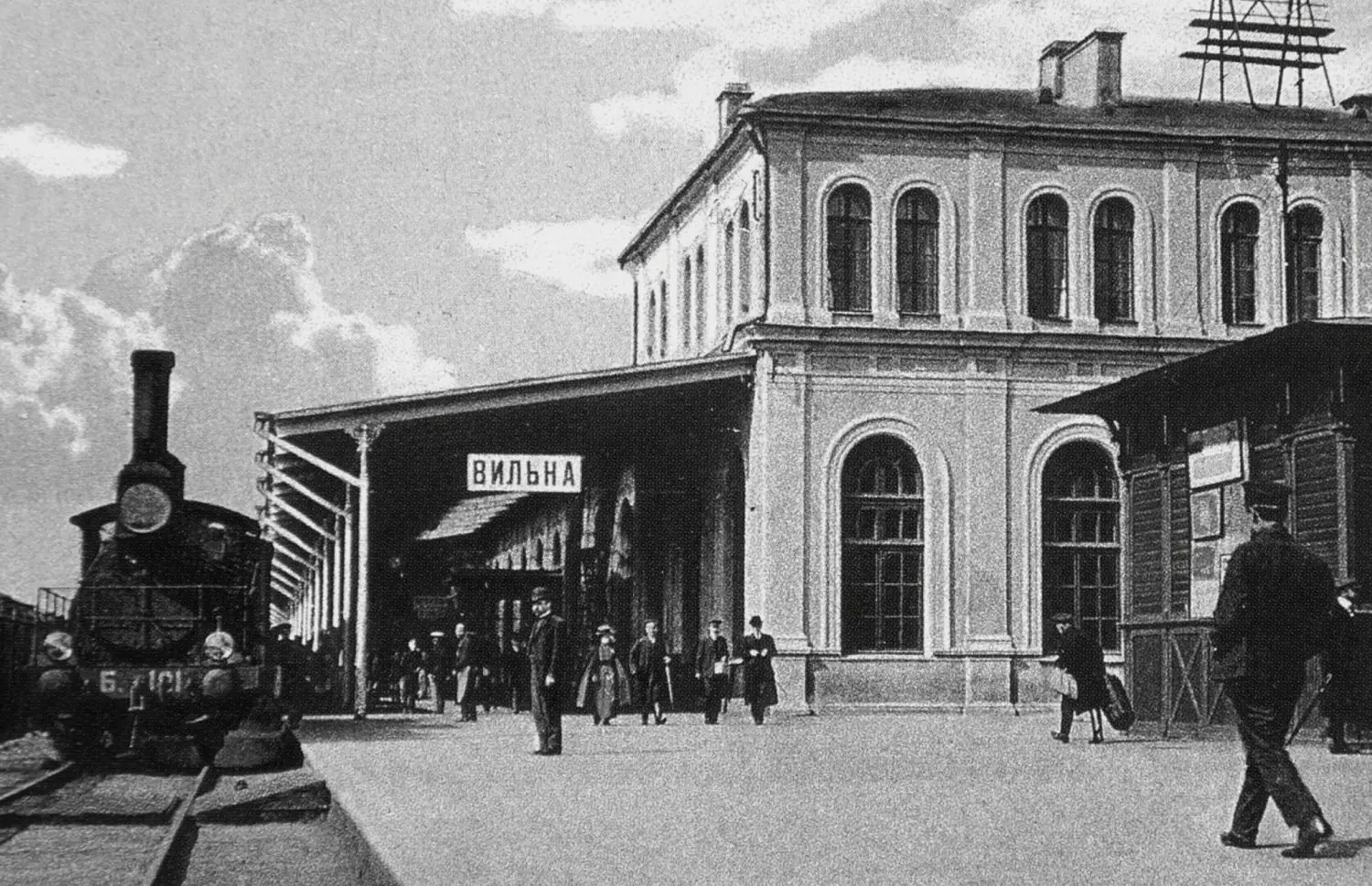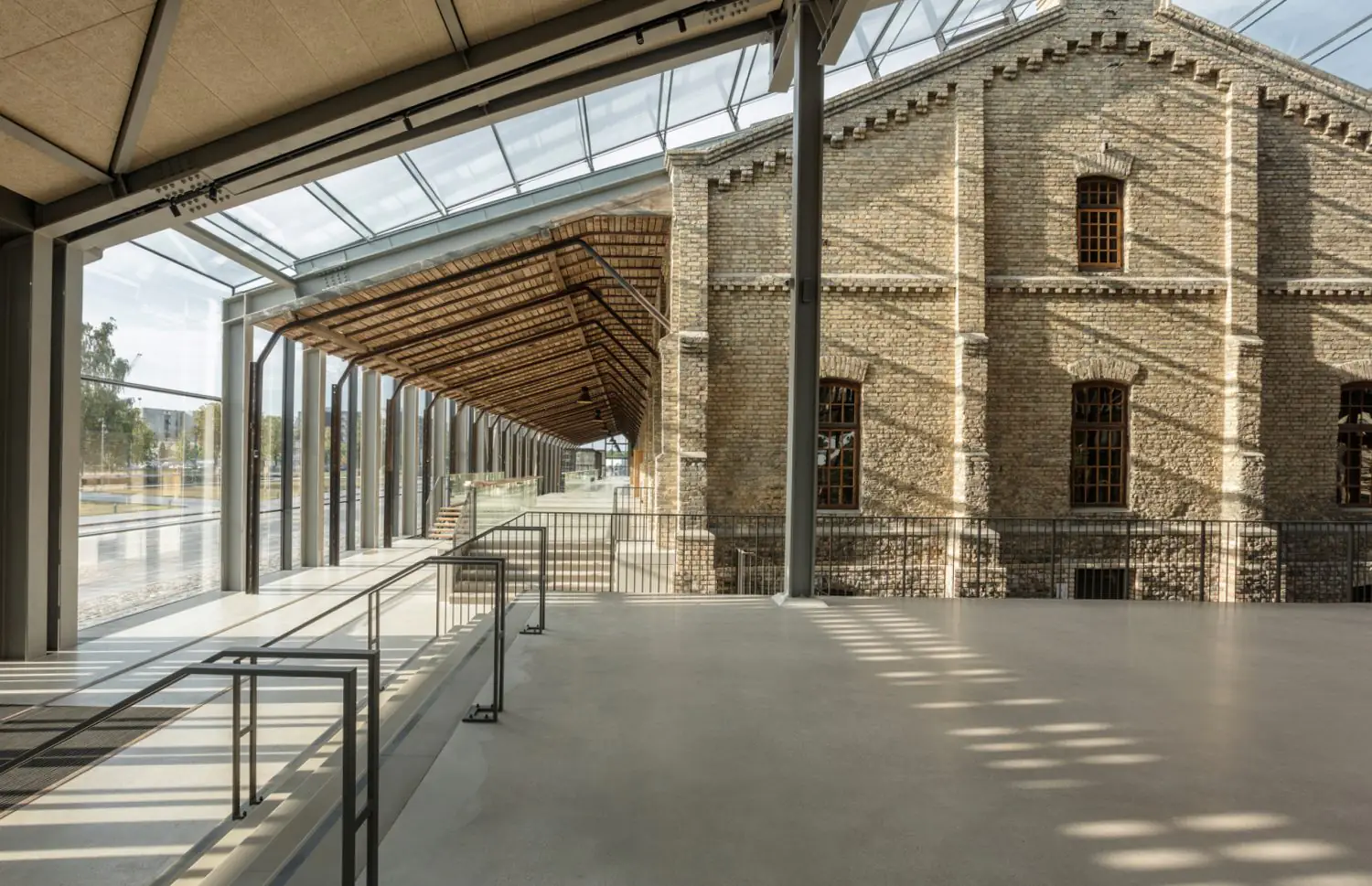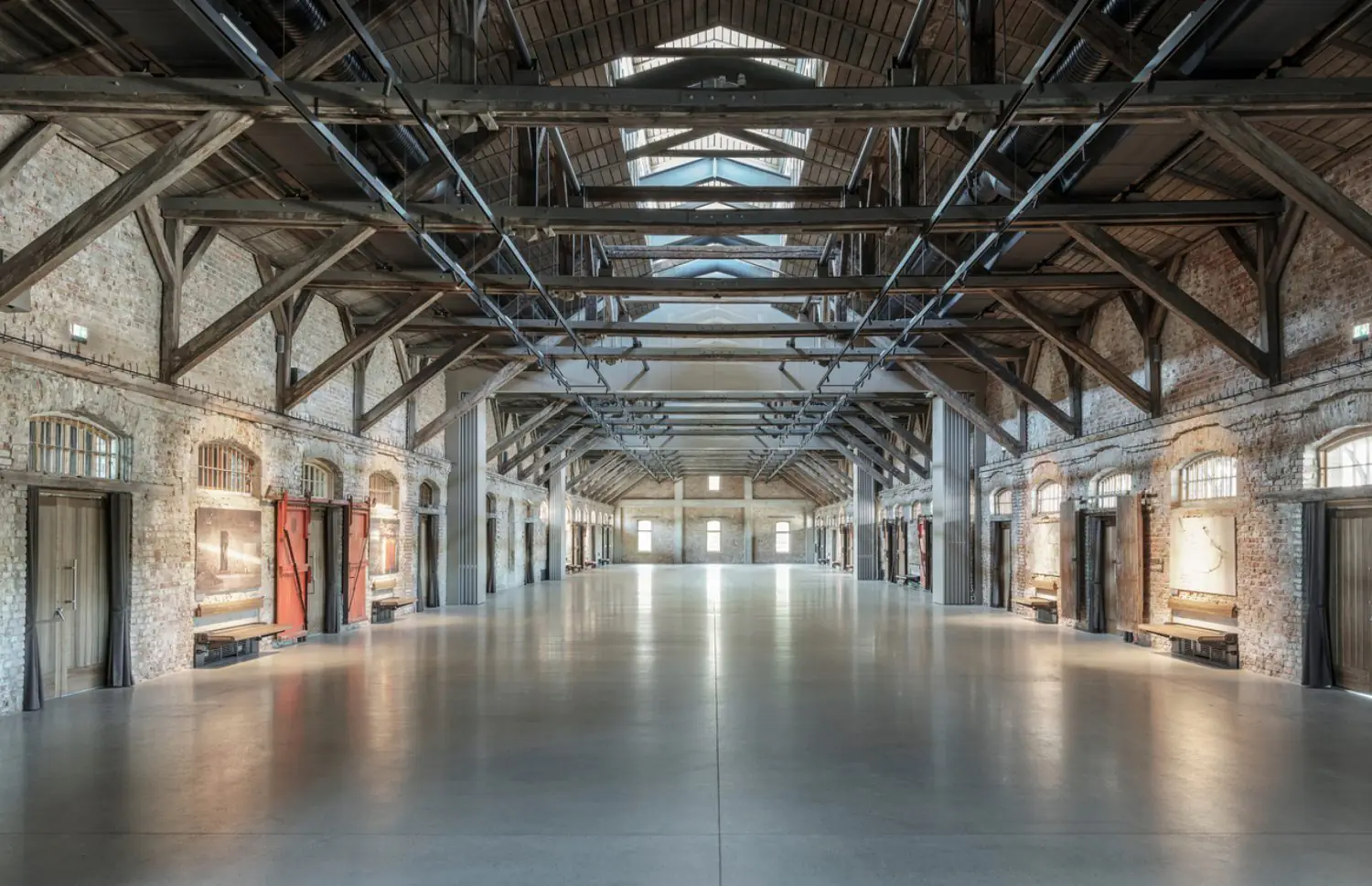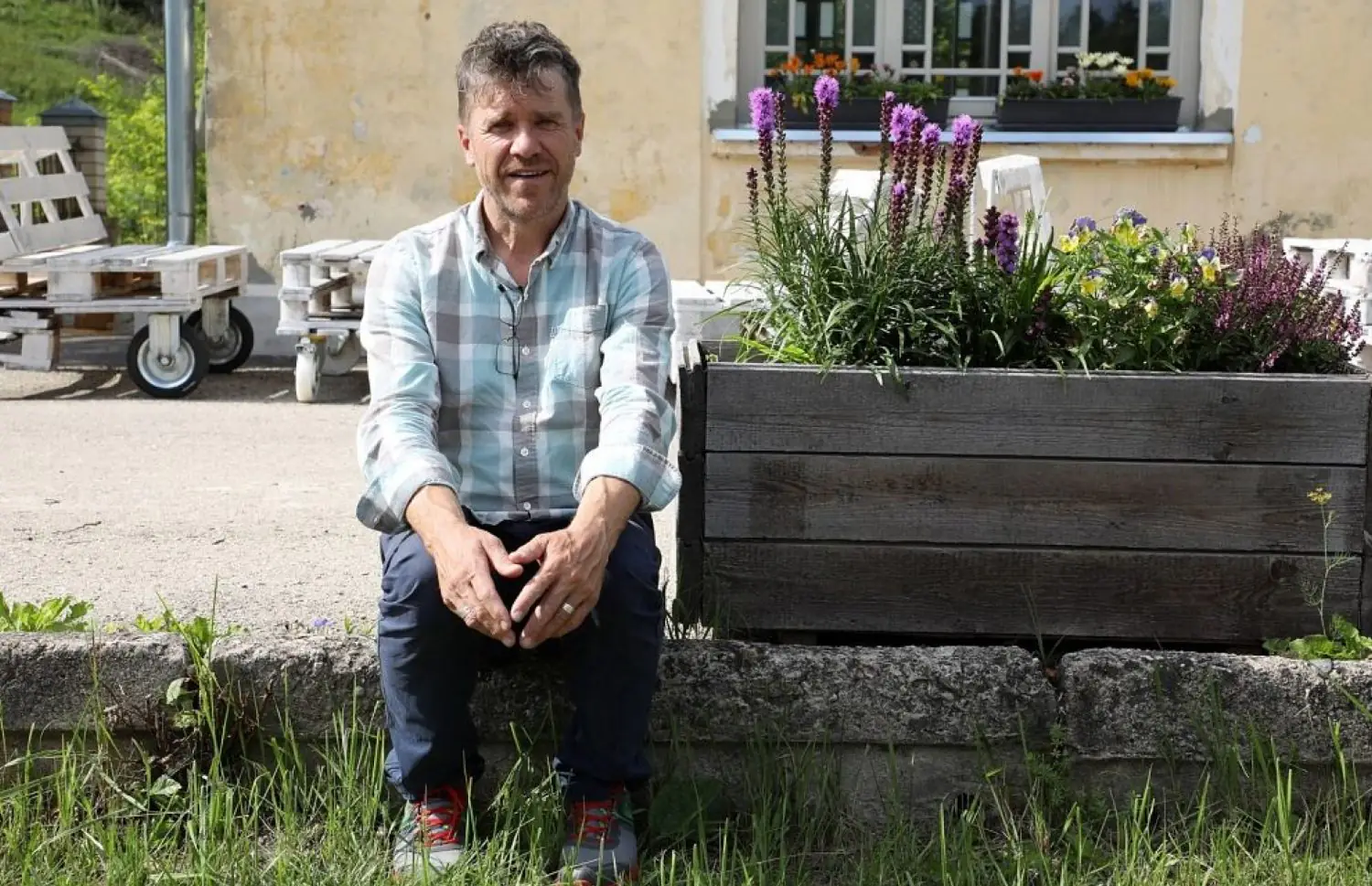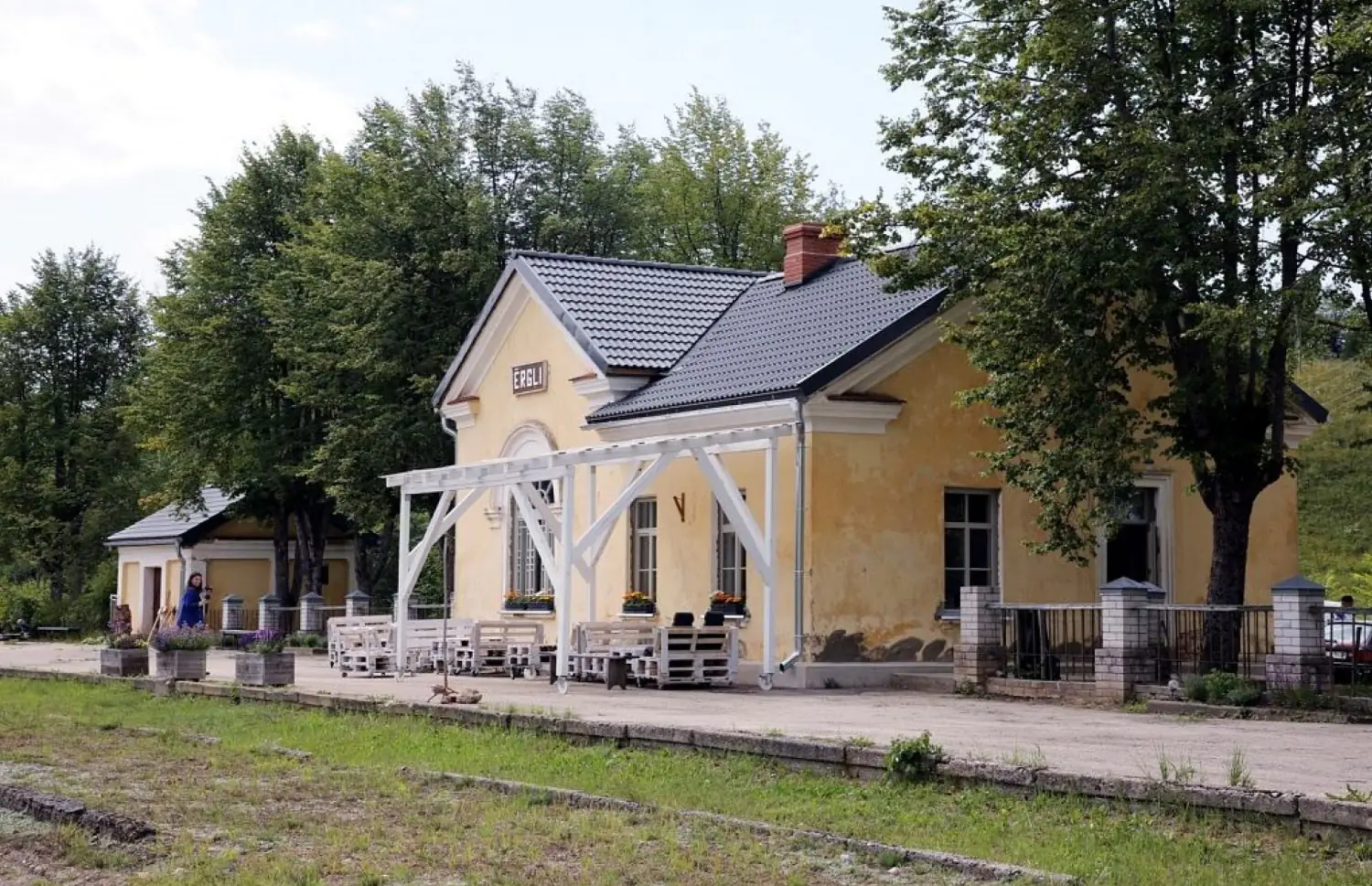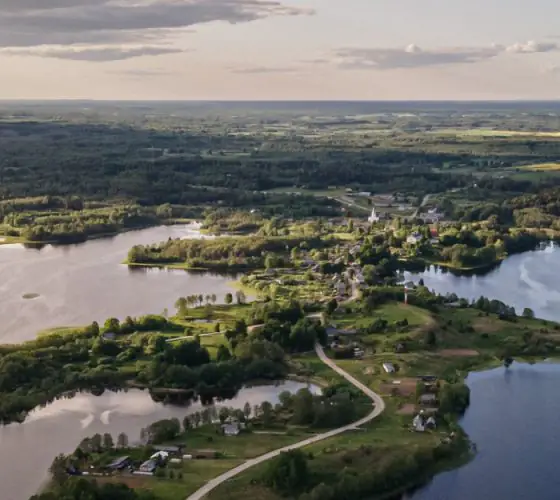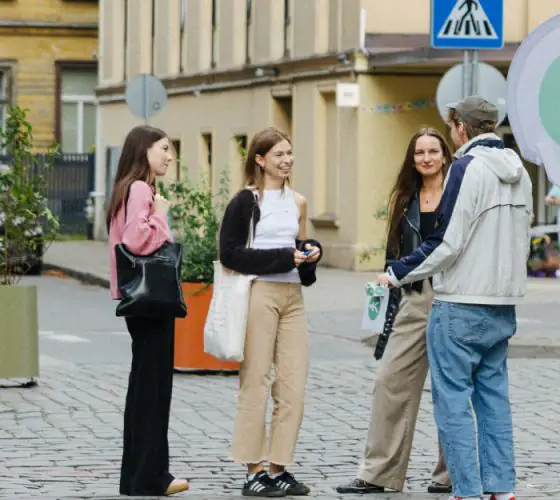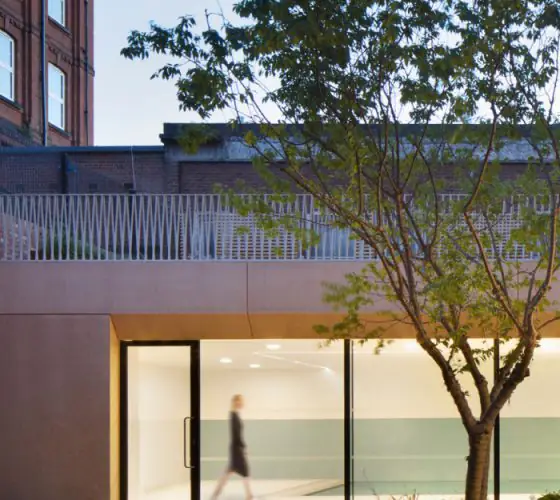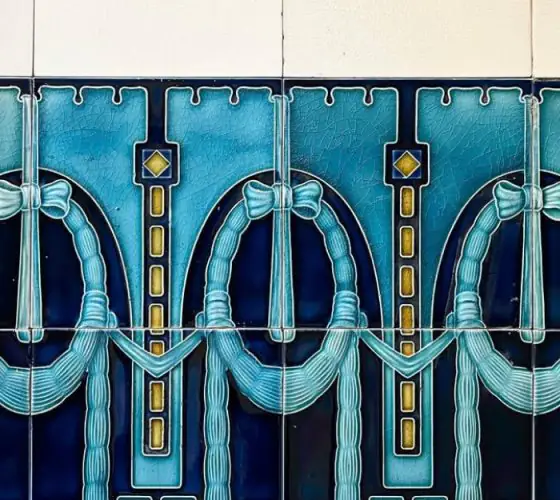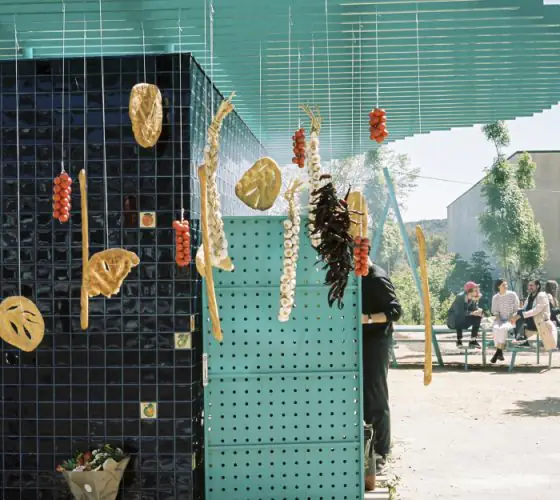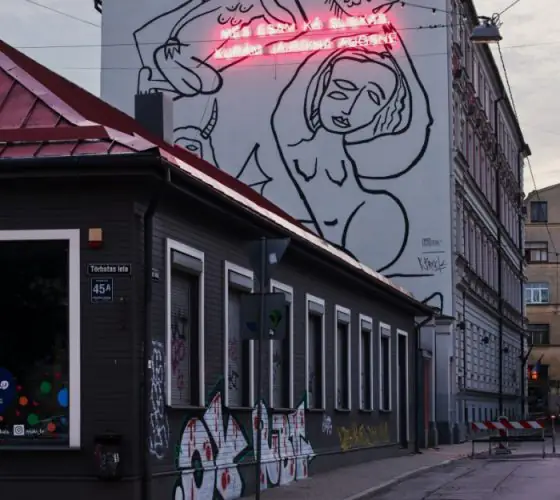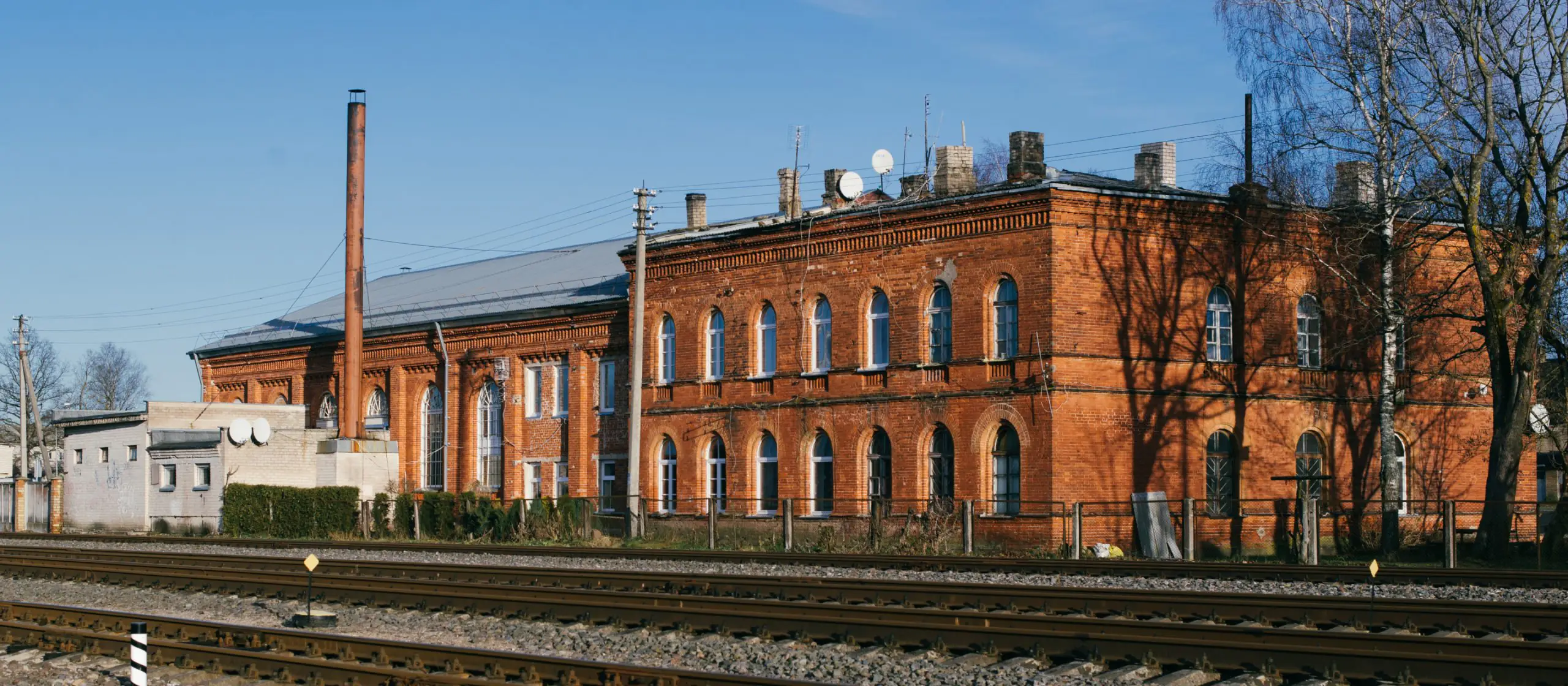
ore.lt
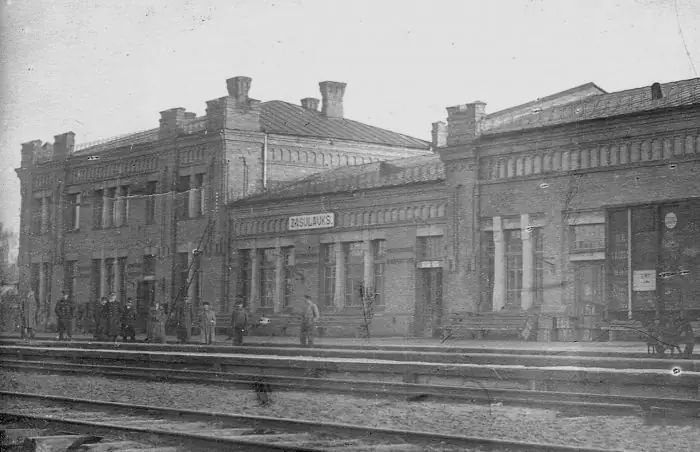
railwaymuseum.lv
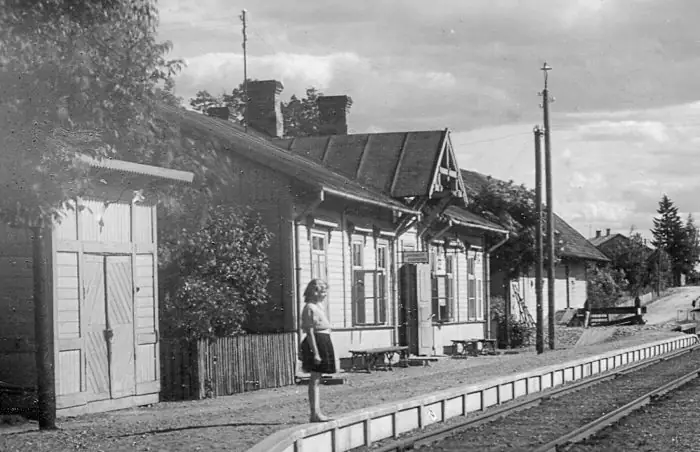
Photo: J. Caune
railwaymuseum.lv
The station building in Zasulauks was constructed
in 1912. It replaced the original wooden station during the period of rapid industrialisation in the area. A century ago, there were around 40 companies there, including the Tapešu wallpaper factory, which gives its name to one of the neighbouring streets. As the station was used for loading and unloading raw materials, it eventually became a major transport hub.
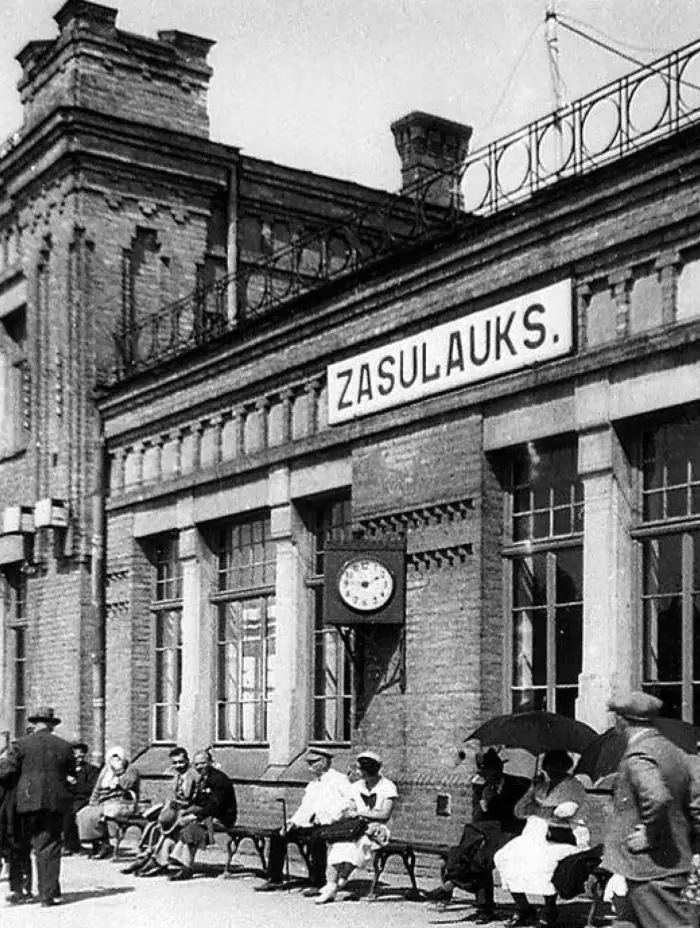
facebook.com/vapetkan
In addition to the waiting rooms and the platform, the 1300 square metre building contained flats for the station’s staff, including the station manager, who had to be on duty 24 hours a day, because he was responsible not only for the movement of trains, but also for the landscaping of the territory, flower beds and many other things, explains Toms Altbergs, a representative of Latvijas dzelzceļš and an expert on industrial heritage.
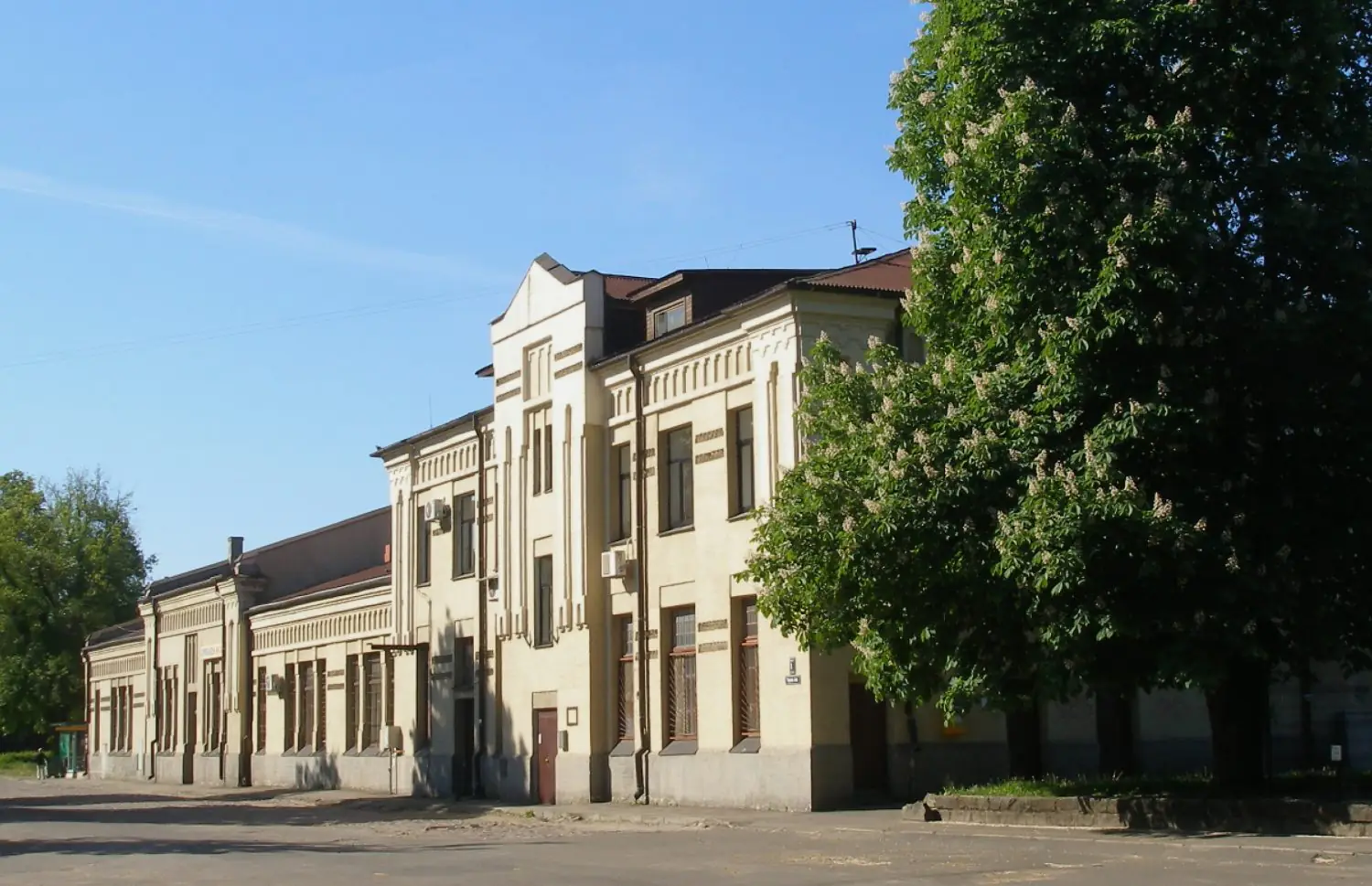
wikipedia.org
The facilities were then rented out, including a café, a grocery shop and various services used by passengers. The station then closed as it did not need such a large building. It is now proposed that it be converted into a hotel.
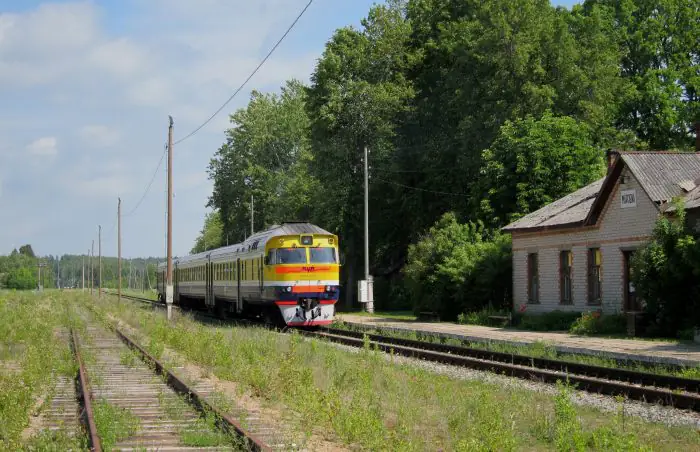
wikipedia.org
According to historian Indulis Zvirgzdins, the Marciena station was built in 1903 to meet the needs of the local nobility. Its construction was also prompted by the presence of a water tower, which was necessary for servicing steam locomotives. In the 20th century, the station was in active use, with up to ten people working there. However, passenger traffic decreased in the 1990s, and the station closed in 1996.
The building used to house flats, but has been empty for several years. Latvian Railways has been trying to sell it for several years. Despite the low price — around 4,600 euros — it has not been easy due to restrictions.
“There is land under the building that can be used for free. However, if you need an additional piece of land, it becomes problematic because the building is within the railway right-of-way,” says Altbergs.
Despite the possible difficulties, there are already successful examples of the renovation of old and closed stations in the Baltic States.
7 examples of railway stations in the Baltics
At the dawn of the railway era, the station was much more than just a transport hub. It boasted restaurants, hotels, concert and ballrooms, and shopping arcades. Later, after the advent of the Lumière era, it added cinemas. Some railway stations have retained this level of luxury; for instance, Le Train Bleu restaurant has been located at Paris’ Gare de Lyon since 1900.
Nowadays, entertainment and retail functions often take centre stage in the renovation process. The following are examples of projects that have opened in recent years in both active and disused Baltic railway stations.
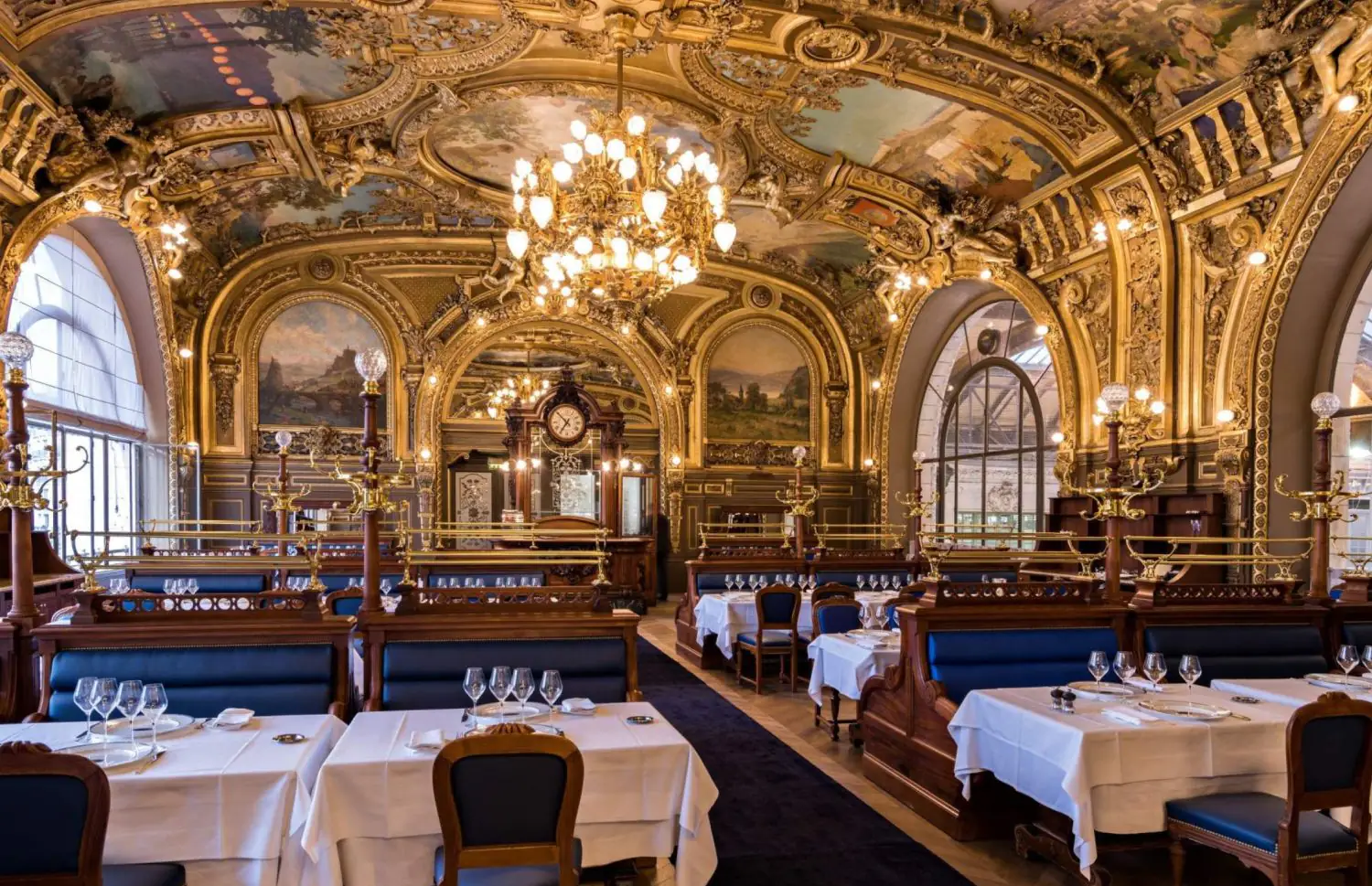
Operating stations
Dubulti, Latvia
The Dubulti station was built in 1977 and, according to the architect Igor Javein’s plan, created associations with the rippling sea. In 2015, it was completely renovated and opened a full-fledged art gallery of contemporary art. At the same time, the station continues to serve passengers.
Until 15 September, the station is hosting the exhibition Very Small Celebrations by Pauls Rietums and Kristaps Anzans. Entrance is free.
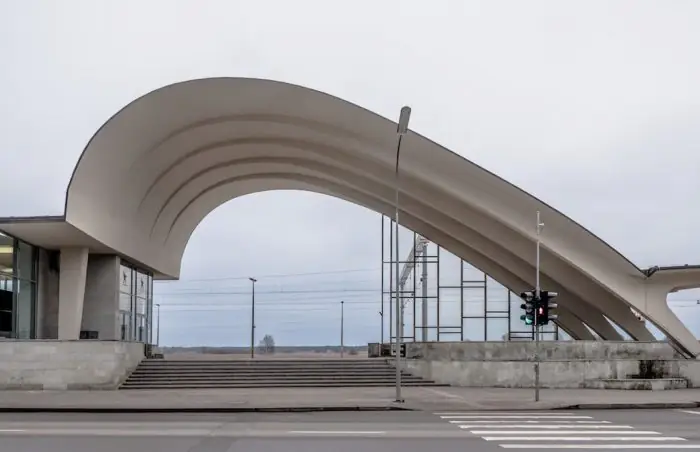
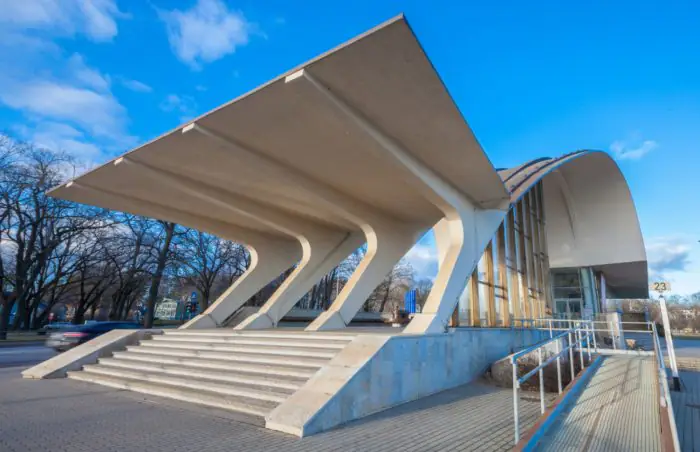
Marcinkonys, Lithuania
Another art gallery at the railway station was created by Lithuanian artist Laura Garbštienė, founder of the independent art project Verpėjos. Its goal is to popularise contemporary art in the Varena region. It features exhibitions of both established and emerging artists, created especially for the station space.
The exhibitions are open on Saturdays and Sundays during the summer season, from 12:00 to 17:00.
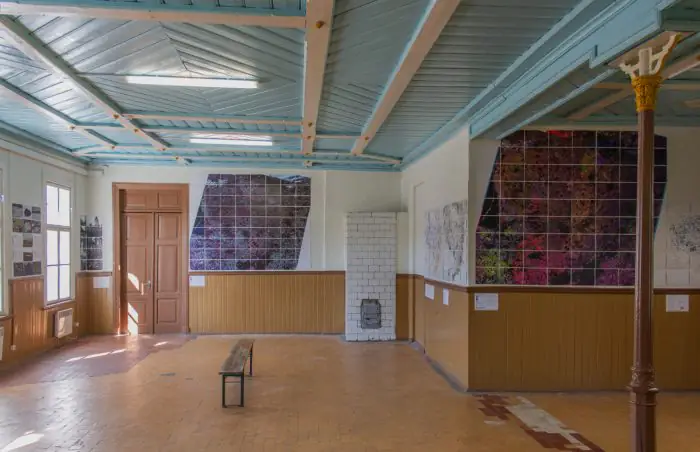
Photo: Jonas Žukauskas
echogonewrong.com
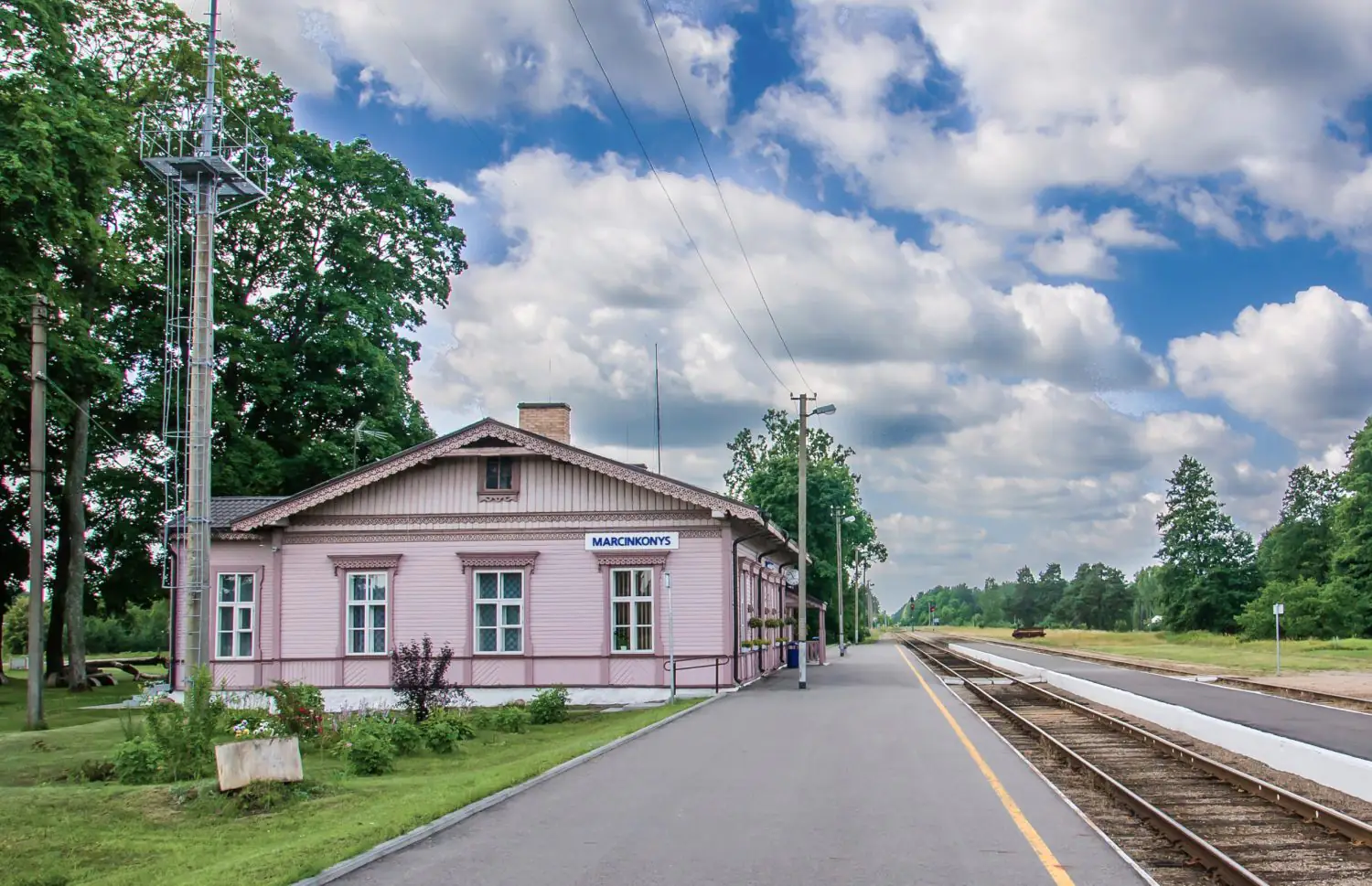
Vilnius, Lithuania
The building of Vilnius railway station, which was constructed in 1950, is characterised by a wide variety of functions. The waiting room is rented out for events; for example, the Gastronomic Week dinners were held there for several days.
The Peronas bar, which has seating made from old train carriages, is located on the platform, as is a legendary three-metre statue of Tony Soprano by Lithuanian artist and sculptor Donatas Jankauskas. The Mello concert club is located next to the bar on the first floor.
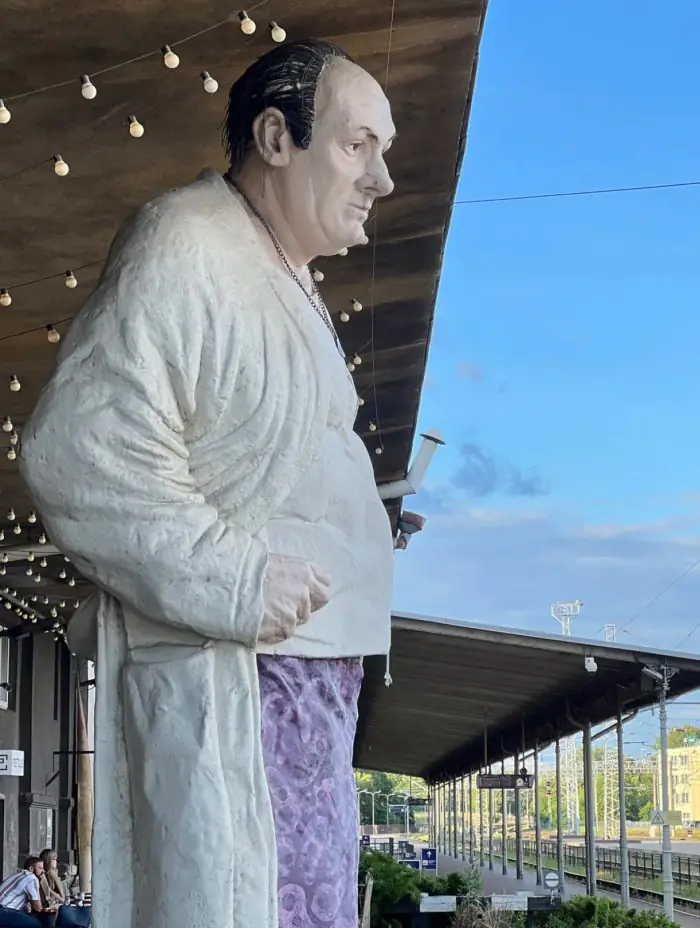
atlasobscura.com
Švenčionėliai, Lithuania
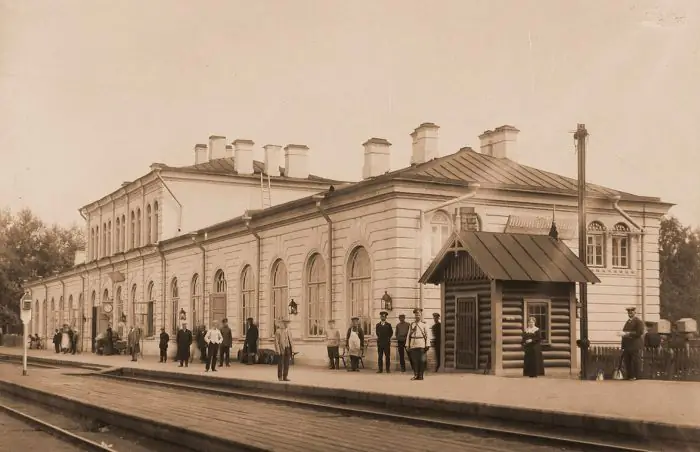
Built in the 19th century, the railway station in Švenčioneliai has some authentic features that were preserved during its reconstruction by the Lithuanian architectural bureau Šilta Šiaurė. For example, a century-old wooden floor was discovered beneath the linoleum, and mosaics and historical bricks were found on the walls. Local carpenters carried out all the carpentry work, including repairing the window sills and floor, as well as making new doors and partitions.
The building now houses the atmospheric co-working space and community centre Miško uostas, as well as Airbnb apartments in the building next door to the station. These are managed by Marija Savickienė, co-founder of Šilta Šiaurė.
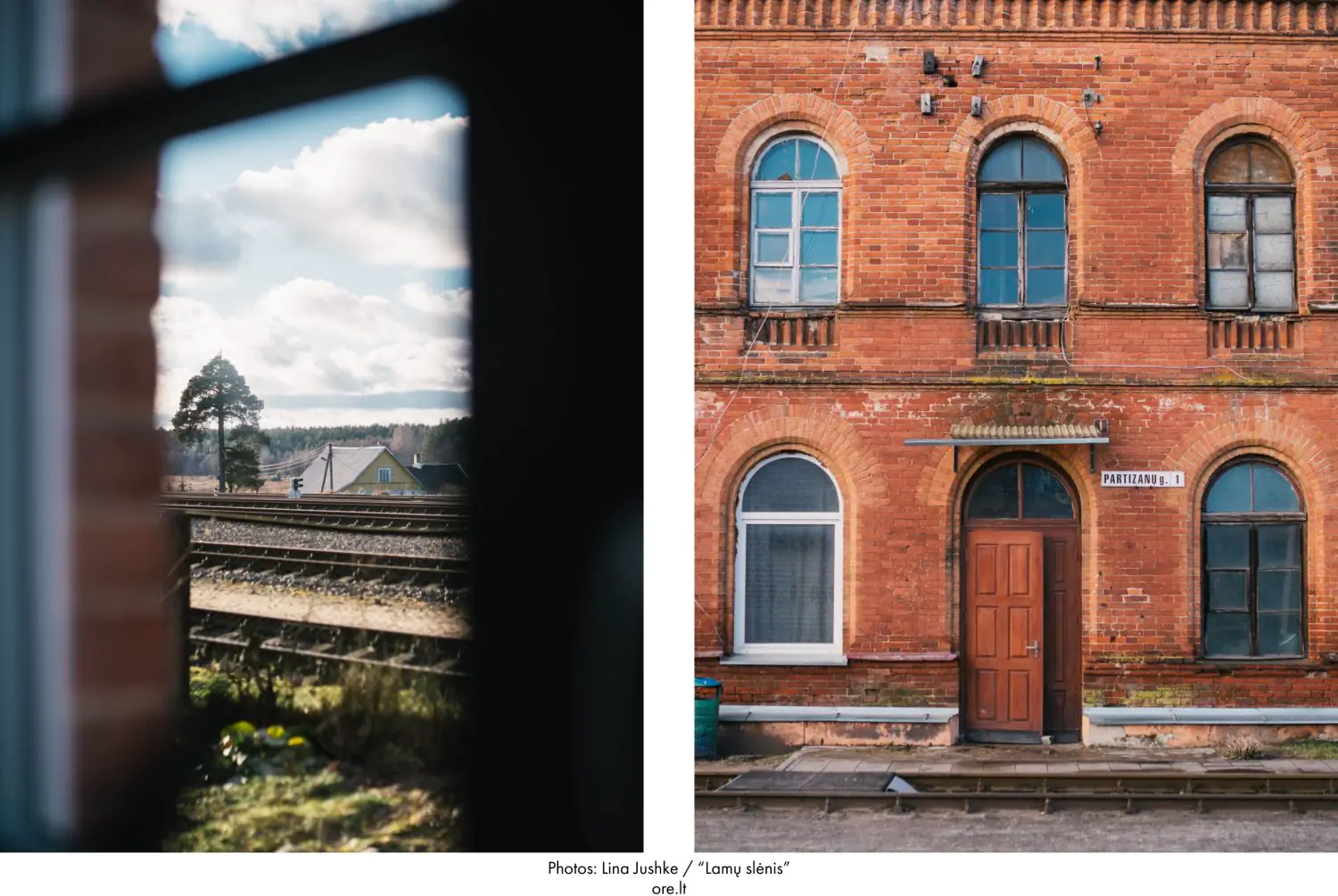
Inactive Stations
Riga, Latvia
It’s not exactly a railway station, but it is the former freight terminal of the Russo-Balt factory, which manufactured railway cars. It has now been converted into the Hanzas Perons concert venue, which was designed by Sudraba Arhitektüra. It houses the Latvian National Symphony Orchestra while the Grand Guild building is being restored. The luminous restaurant car in the foyer serves as a reminder of the industrial past.
Ergli, Latvia
The station was designed to be the terminus of the Riga–Ergli railway line. However, the branch line was dismantled in 2009. Maris Olte, the current owner of the building, purchased the station in 2016. The building has since been carefully restored, including the bright stained glass windows, and now houses an active tourism centre and a restaurant called Ērgļu stacija.
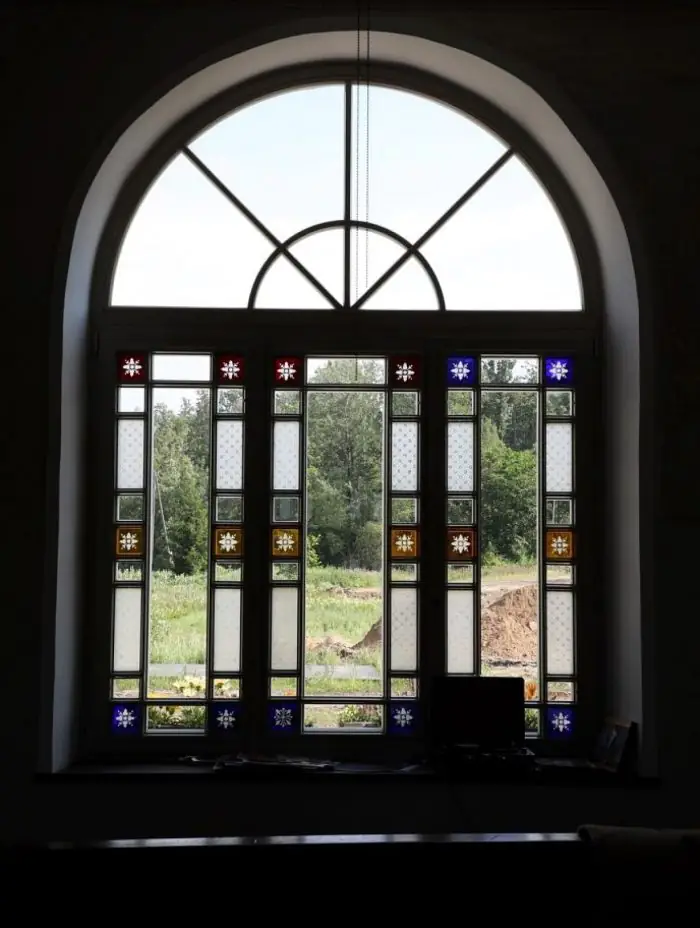
db.lv / Monta Glumane, 05.09.2019
Haapsalu, Estonia
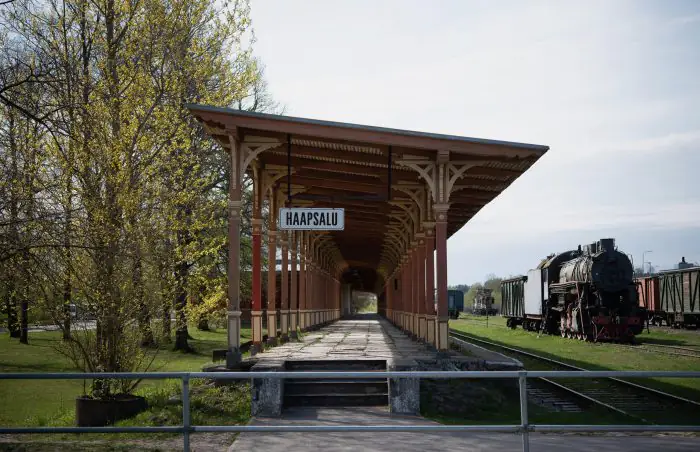
news.err.ee
When it opened, the station had the longest covered platform in Northern Europe at 216 metres. Designed by architect Karl Ferheim and engineer W. Westphalen, it was the final station on the line connecting Haapsalu with Tallinn. There were two pavilions on the platform, one for ordinary passengers and one for the tsar’s family. Passenger trains used the route until September 1997 and freight trains until 2004.
Most of the tracks have now been dismantled and the station pavilion is occasionally used for concerts, fashion shows and gourmet dinners. The Railway and Communications Museum is also located there.



